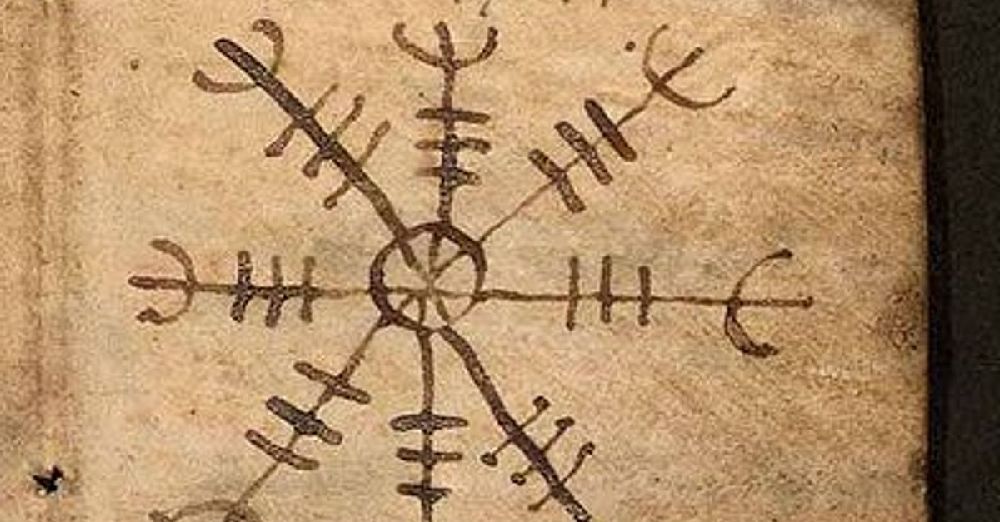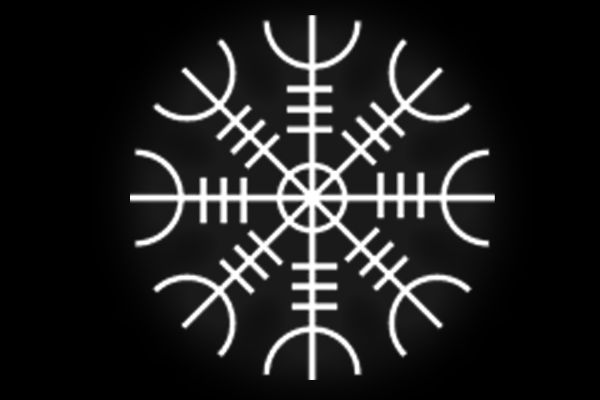The Helm of Awe is a runic symbol and spell, and they were carved or painted onto objects for them to take effect. These objects could be pillars, pieces of bark, bones, dirt, or even parts of the body.

These symbols can be found on Runestones and other memorials of Viking age but there is nothing in Viking age explains them and they didn’t express them. The Runes never really used for literature and there isn’t any poem that is written with Runes and there are only some inscriptions and short sentences which are written with Runes.
We have not so much information to realize what was actually the meanings of these Norse symbols even we can’t understand the meanings completely by searching the history and the context of Vikings’ culture. There is a way that maybe can help us to understand the meanings of these Norse symbols and it’s comparing these Norse symbols with other similar symbols which used in other traditions because actually the symbols are universal language and usually the similar symbols in different traditions have same meanings like the same meaning of numbers in different traditions (Like the way that has used in the researches about the symbol of bond and knots).
Helm of Awe is the Symbol of protection strength and courage and it has been used to strike fear into the enemy and the warriors painted this symbol on their forehead and between the eyebrows (inked the forehead) before going to the battle. According to Icelandic folktales by Jon Armasoin in nineteen century the symbol could be made from lead and pressed into the space between the eyebrows and the user would then recite the formula:
I bear the helm of awe between my brows!
Also there are some sources and manuscripts around 1500-1600 AD in Iceland that prove these tips which also show joined Christian and Nordic Pagan elements.
By Ildirimjewelry


